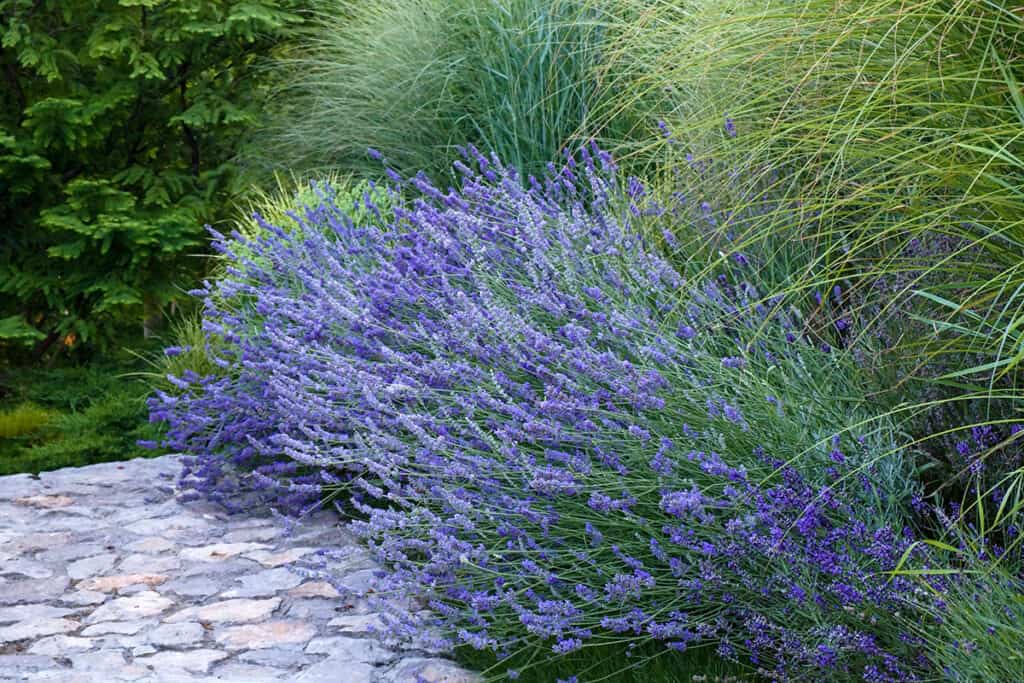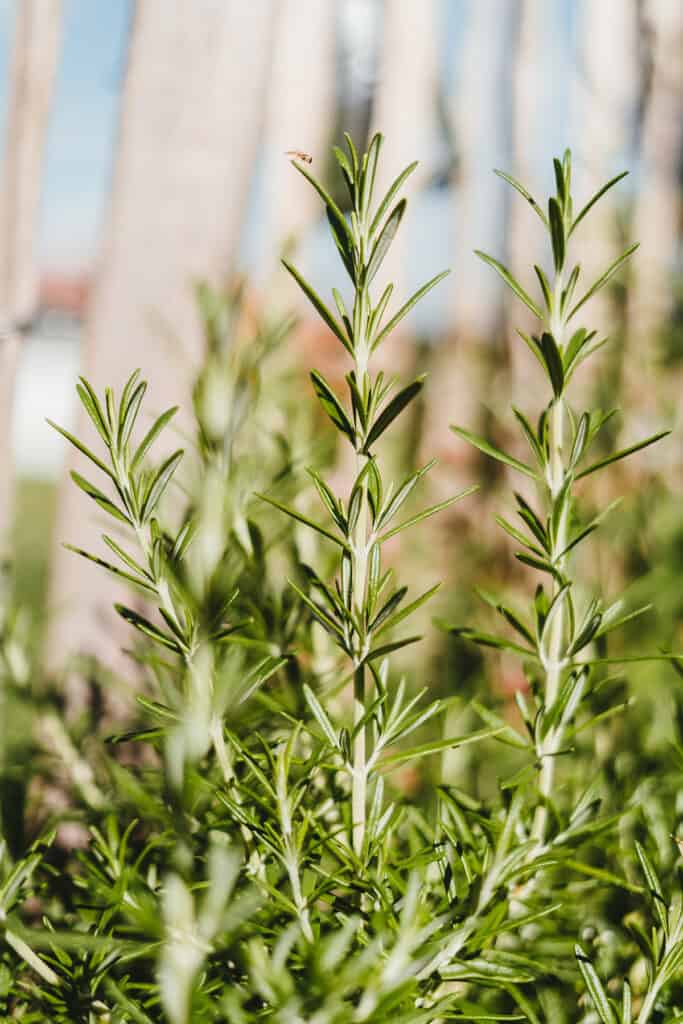Your Garden can be an Oasis, Even Without the Rain
One thing’s for sure: you can’t control the weather. In hot years, when the rain is not a given, having a landscape plan that doesn’t rely on irrigation or natural rainfall can ensure a beautiful-looking home, no matter what nature throws at you.

Some of our favorite plants can up the ante on natural beauty without requiring too much water, should drought conditions arise.
Catmint, for instance, which flourishes in low-water conditions and offers purple blooming flowers from summer through early fall, can grow to be three feet tall and wide. It’s also an active pollinating plant that can be useful for both planters and garden borders. Agastache is another favorite among bees, a vertical-growing plant that grows in purple and white and that thrives in dry climates and dry summers.
Salvia, which can range in colors from deep fuchsia to purple and blue, can rise to nearly three feet in height. Blooming in high summer and early fall, the plant grows great in containers and planters as well as in bordered beds.
With over 45 species — and over 450 varieties within these species — lavender is a diverse plant that offers not only beauty but also aroma. Native to the Mediterranean and Middle East, it can be used in herb gardens, as ground cover, and in cutting gardens. Certain species of the plant (though not all of them) are edible, and the fragrant, pretty, late-summer bloomer is resistant to long periods without rain.
Hen and chicks, the rosette-shaped succulents that grow easily on rocky paths, grow happily in areas with lots of sun and poor soil. Plant them on pathways or near full-sun stone walls for a laissez-faire approach to your beautiful garden. And, for a pop of color, consider Yarrow, a long-blooming perennial that blooms in pink, white, and yellow all summer long. Yarrow can be planted as ground cover, as edging, or even in a vegetable or herb garden, and can also be used as an eco-friendly lawn alternative for those looking to move away from more traditional green grasses.

Aromatic rosemary, a perennial that loves full sun and well-drained soils, prefers dry conditions and can be used to add oomph in the kitchen, too. If you expect a particularly cold winter, cover it with burlap to protect it from the elements. (Potted plants can come indoors.)
And although Russian sage may smell like the culinary variety, it’s actually a decorative version; this blue-toned perennial can survive a lack of water (and even cold temperatures). Add creeping thyme to the mix, which produces tiny purple and white flowers and thrives in even shadier corners of the yard as ground cover, and you have your bases covered for the pillars of some of the more familiar savory garden scents.
And don’t forget: even if you do happen to have a rainy summer — this year, next year, or the year after that — planting your garden with drought-resistant plants is a great way to conserve water, an ecologically sound approach to making your home and garden the best and brightest it can be.








